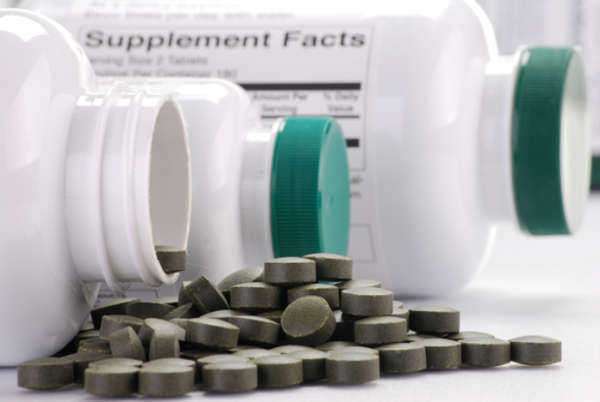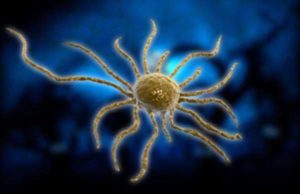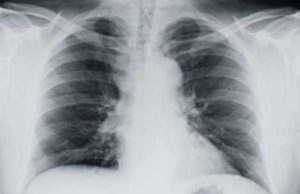
What is Gemcitabine?
Gemcitabine is a nucleoside analog applied as a chemotherapy drug to combat several diseases, including mesothelioma cancer. Gemcitabine is administered through an IV and is extensively metabolized by the patient’s gastrointestinal tract. Generic gemcitabine dosage ranges from 1-1.2 g/m of body surface area depending on the type of cancer treated.
Gemcitabine is utilized in various carcinomas” pancreatic cancer, non-small cell lung cancer, breast cancer and bladder cancer. Gemcitabine is currently being investigated for utilization in esophageal cancer and is being tested for experimental use in lymphomas and four other tumor types. Gemcitabineis regarded as advanced means to fight pancreatic cancers. Gemcitabine is not as debilitating as some other forms of chemotherapy drugs.
Gemcitabine, in 2000, became a prominent first line treatment method for Stage 4 bladder cancer with metastases; in this form, Gemcitabine is used in conjunction with cisplatin. This treatment method yields similar efficacy rates to former applied treatment methods, including the MVAC regimen. The Gemcitabine method involves taking cisplatin on the 2nd day of treatment and Gemcitabine on days 1, 8 and 15. In July of 2006, the Food and Drug Administration approved Gemcitabine for use in conjunction with carboplatin for the treatment of advanced ovarian cancers that have relapsed at least 6 months following completion of a platinum-based therapy.
The most common adverse side effect associated with Gemcitabine use is Neutropenia (seen in roughly 90% of patients). Neuropenia is a granulocyte disorder characterized by an unusually low number of neutrophils, which is believed to be the most important type of white blood cell. Neutrophils primarily comprise 50-70% of circulating white blood cells and act as the primary defense mechanism against infections by terminating bacteria in the patient’s blood stream.
Gemcitabine Chemotherapy to Combat Mesothelioma and Other Lung Cancers:
Gemcitabine is used a chemotherapy drug through GemCarbo chemotherapy, which is a mesothelioma treatment option, consisting of a combination of Gemcitabine and carboplatin. GemCarbo chemotherapy is utilized to treat several different forms of cancer; however, the method is most commonly applied to lung cancer patients. Gemcitabine, when used in conjunction with carboplatin, is typically given as a day patient treatment. GemCarbo chemotherapy requires a blood test the day before; following this precautionary test, the drugs are given via an infusion.
The GemCarbo treatment method is applied as a 21-day cycle and on the first day of treatment the patient receives both the carboplatin and the Gemcitabine. On the same day next week (8th day) the patient is given a drip of Gemcitabine only. There then follows a recovery or rest period, which lasts two weeks. This completes one cycle of GemCarbo chemotherapy. The next cycle of treatment is applied after the patient’s rest period, which lasts three weeks after the first injection. Typically 4-6 cycles of lung cancer or mesothelioma treatment is given over a period of 3-4 months and this makes up the treatment method.
Gemcitabine is produced by Eli Lily and Company and marketed under the pseudo name “Gemzar.” Gemcitabine act as artificial nucleosides, which are molecules in the body that serve as the building blocks for the bases that make up RNA and DNA.
In regards to chemical structure, Gemcitabine is very similar to deoxycytidine; the hydrogen at the 2’ carbon position in deoxycytidine is merely replaced with fluorines to construct Gemcitabine.
Gemcitabine is a pyridimine type of nucleoside that substitutes deoxycytidine, which is regarded as the normal building block of cytidine. Once these similar bases are inserted, growing tumor cells are arrested since new nucleosides cannot be attached to the synthesized “look alike” molecule. Cells that fall victim to this trick proceed into what is referred to as a programmed cell apoptosis or death—this phase is similar to what the body naturally does to kill a cell when something is wrong with it. In this light, the cancer cells are rapidly terminated, as oppose to growing rapidly. Unfortunately, this process does not only target cells, but healthy ones as well, therefore killing all cells in the body undergoing a DNA replication.
Gemcitabine is applied in the treatment of mesothelioma cancer, pancreatic cancer, bladder cancer, non-small cell lung cancers, and breast cancer. When combined with cisplatin, Gemcitabine is applied as a first-line treatment for locally advanced non-small cell lung cancers or metastatic cancers that may not extracted through surgeries.
Gemcitabine treatment is applied in a doctor’s office, hospital or clinic depending on the mesothelioma’s patient and what is deemed most suitable. Gemcitabine is administered as an infusion or IV drip. Gemcitabine is applied through a fine tube that is inserted into a large vein for short term therapy. For long term therapy, a port or central line is the medium for the drug; in this application, Gemcitabine is inserted under the skin into a vein near the collarbone or administered peripherally through a central catheter by way of a vein in the patient’s arm. When kept clean and infection-free, these ports are an easier means to administer Gemcitabine without the patient requiring needle sticks for each application. Administering Gemcitabine through IV typically takes about 30 minutes; however, this administration may take much longer if additional fluids or drugs are administered with Gemcitabine.
As is the case with all forms of mesothelioma medication, each person’s reaction to the drug is different. While some mesothelioma patients will observe few side effects, others may experience a significant number. Gemcitabine side effects vary from patient to patient and differentiate depending on whether the patient is given multiple chemotherapy drugs.
Moreover, as is common with the bulk of chemotherapy drugs, financial assistance is available for patients that receive Gemcitabine therapy for their mesothelioma treatment.
Side Effects of Gemcitabine:
The following side effects are common (occurs in more than 25% of cases) for patients taking Gemcitabine to combat lung or mesothelioma cancer:
• Fever (develops within 6-12 hours of first dose)
• Fatigue
• Nausea (typically mild)
• Vomiting
• Skin Rash
• Poor Appetite
Patients who take Gemcitabine to combat mesothelioma or other lung cancers will also experience low blood counts. Red and white blood cells, as well as platelets, may temporarily decrease, which in turn, increases the risk of infection, bleeding and anemia. Blood counts are at their lowest during Nadir, which is the point in all chemotherapy sessions where the patient has decreased blood cell rates.
In addition to the above side effects, Gemcitabine in conjunction with carboplatin yields a temporary increase in liver enzymes and blood or protein levels in the patient’s liver.
Less common side effects (observed in 10-20% of cases) for Gemcitabine use include:
• Explosive diarrhea
• Hair loss
• Mouth Sores
• Difficulty Sleeping
• Shortness of breath and other problems with lungs
• General fatigue/weakness






























